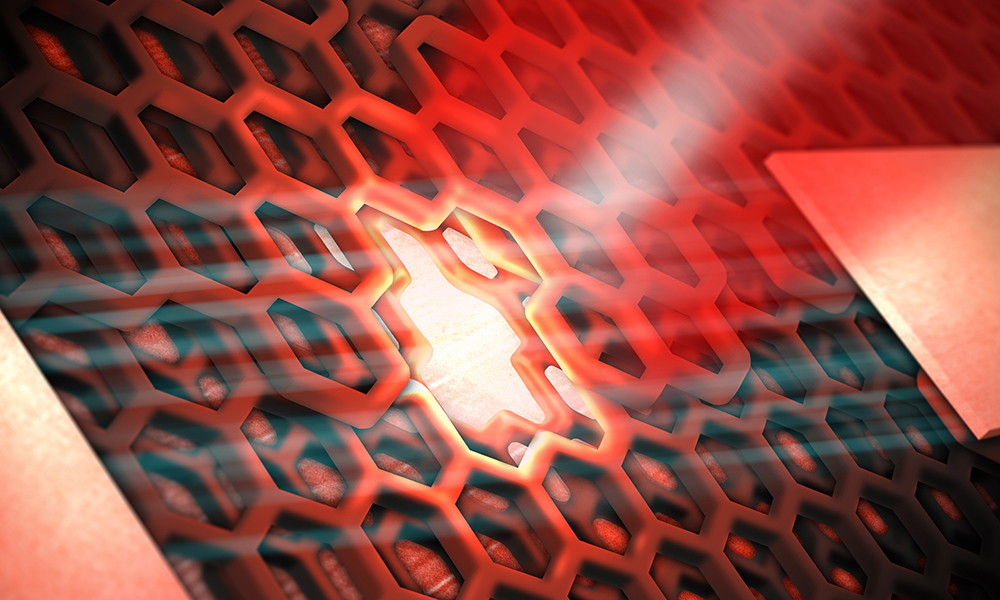
Defects in atomically thin semiconductor emit single photons
Until now, optically active quantum dots have not been observed in materials consisting of a single layer of atom, also known as 2D materials. Rochester researchers have shown how the 2D material tungsten diselenide can be fashioned into an atomically thin semiconductor that serves as a platform for solid-state quantum dots.
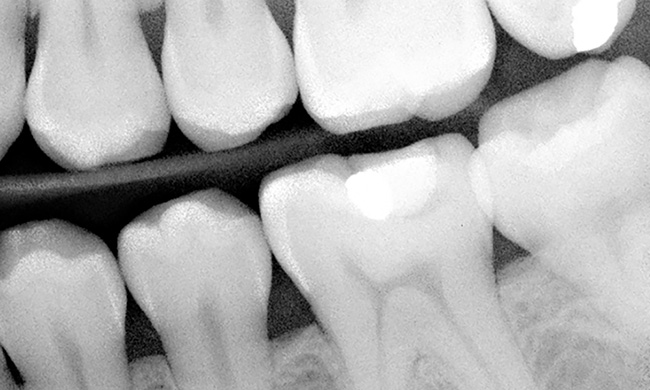
Nanoparticles provide novel way to apply drugs to dental plaque
Therapeutic anti-bacterial agents intended to reduce dental plaque and prevent tooth decay are often removed by saliva and the act of swallowing before they can take effect. But a team of researchers has developed a way to keep the drugs from being washed away.
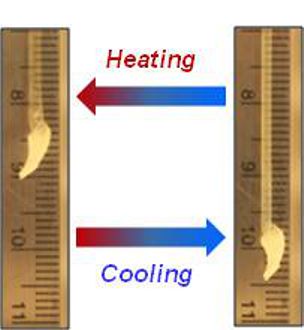
New self-stretching material developed at University of Rochester
Although most materials slightly expand when heated, there is a new class of rubber-like material that not only self-stretches upon cooling; it reverts back to its original shape when heated, all without physical manipulation.
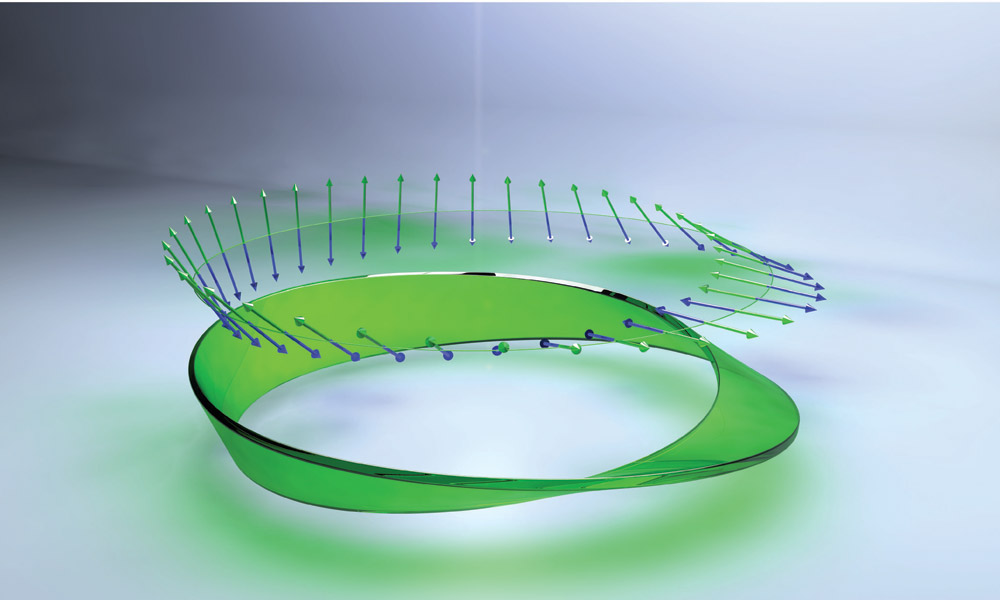
Generating Möbius strips of light
A collaboration between researchers from Canada, Europe, and Rochester has experimentally produced Möbius strips from the polarization of light, confirming a theoretical prediction that it is possible for light’s electromagnetic field to assume this peculiar shape.
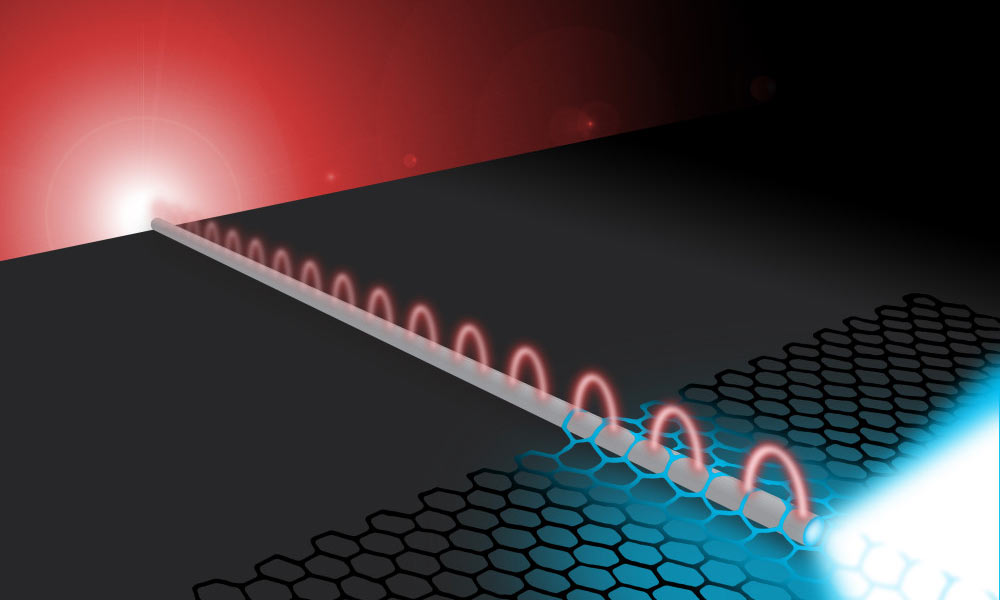
Researchers send electricity, light along same super-thin wire
A new combination of materials can efficiently guide electricity and light along the same tiny wire, a finding that could be a step towards building computer chips capable of transporting digital information at the speed of light.
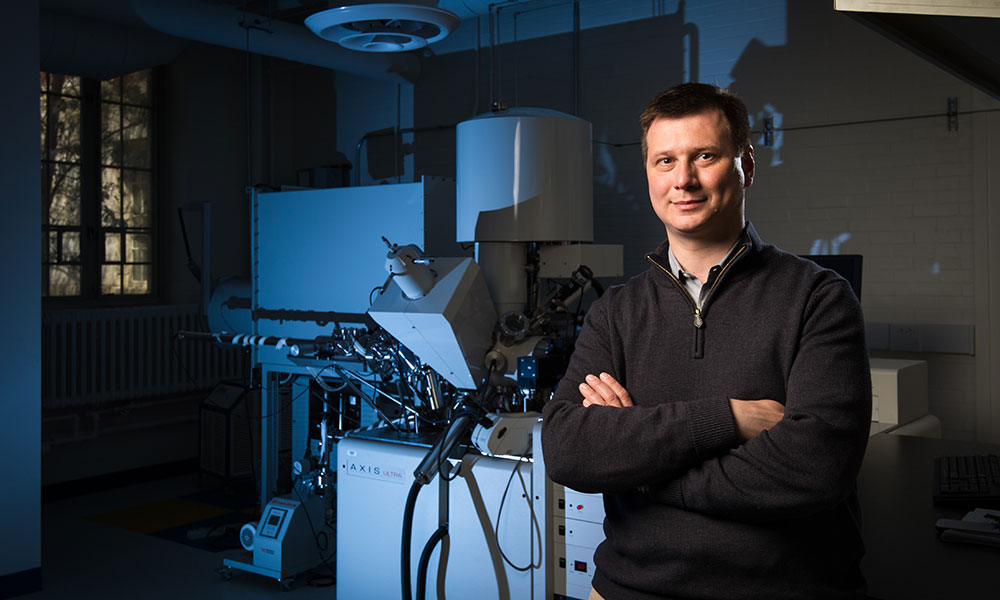
Progress made in developing nanoscale electronics
How can you reliably control the current that flows from one electrode to another in a circuit that is the width of a single molecule? The key, according to assistant professor of chemical engineering Alexander Shestopalov, is adding a second, inert layer of molecules.
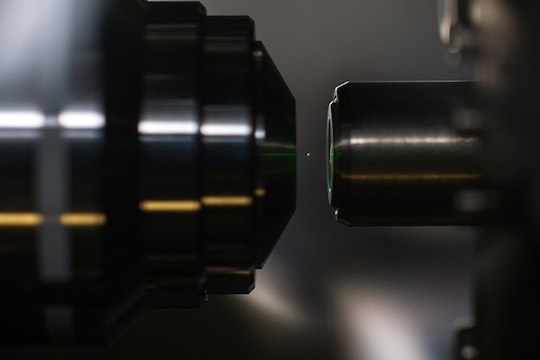
Researchers Optically Levitate a Glowing, Nanoscale Diamond
Researchers at the University of Rochester have measured for the first time light emitted by photoluminescence from a nanodiamond levitating in free space. In a paper published this week in Optics Letters, they describe how they used a laser to trap nanodiamonds in space, and—using another laser—caused the diamonds to emit light at given frequencies.
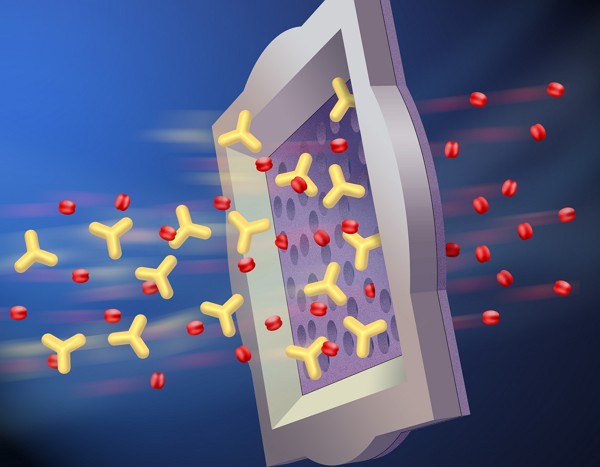
Diagnostic Devices to Feature Super-Thin Filters
DNA analysis and pathogen testing relies on filtration. These new membrane filters will be about 1,000 times thinner than the sponge-like filters used now, lending themselves to yet smaller, portable instrumentation for use in the field.
